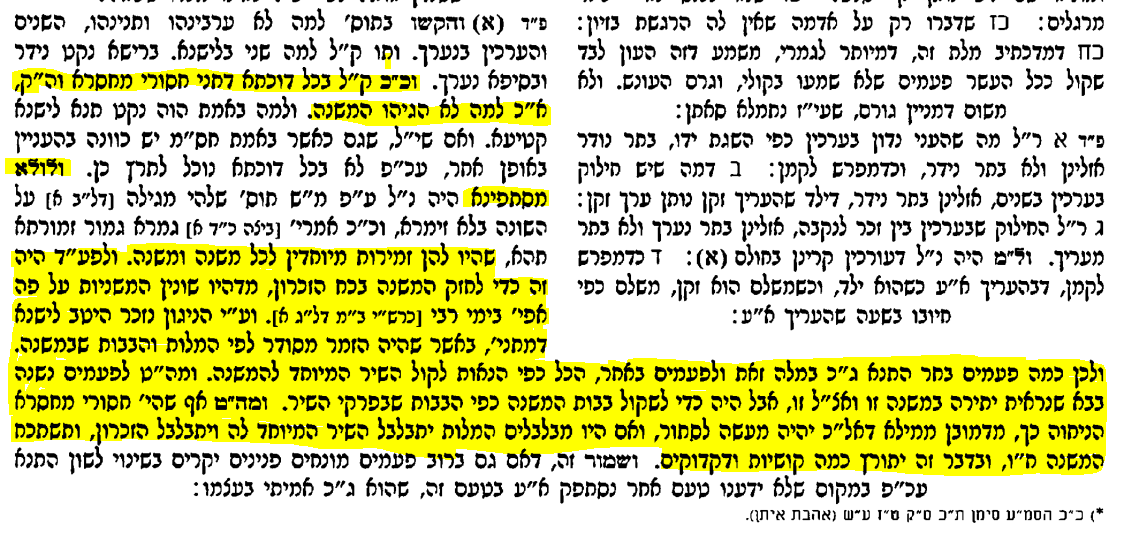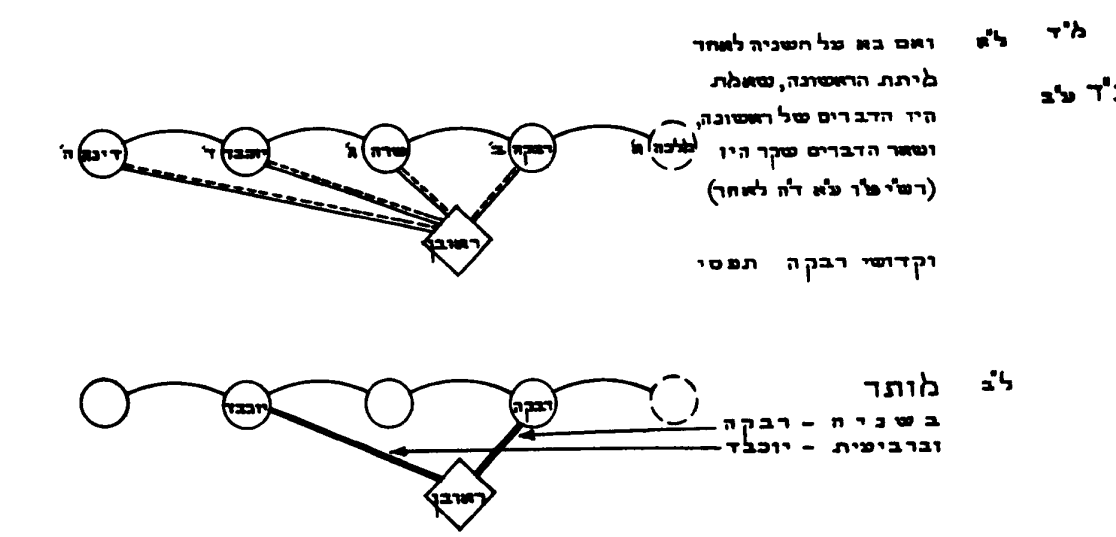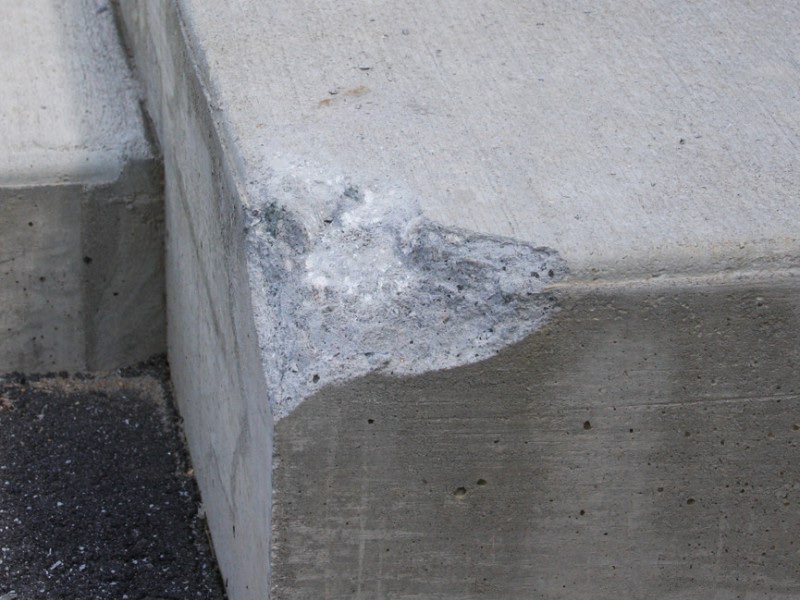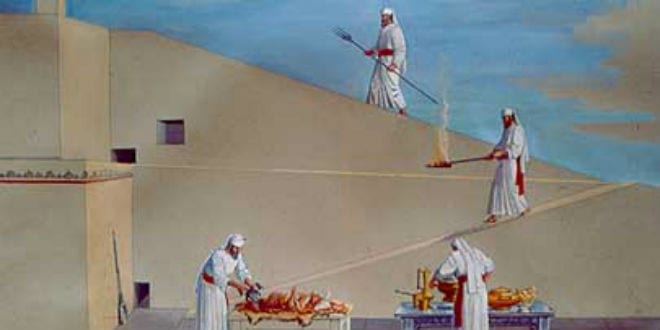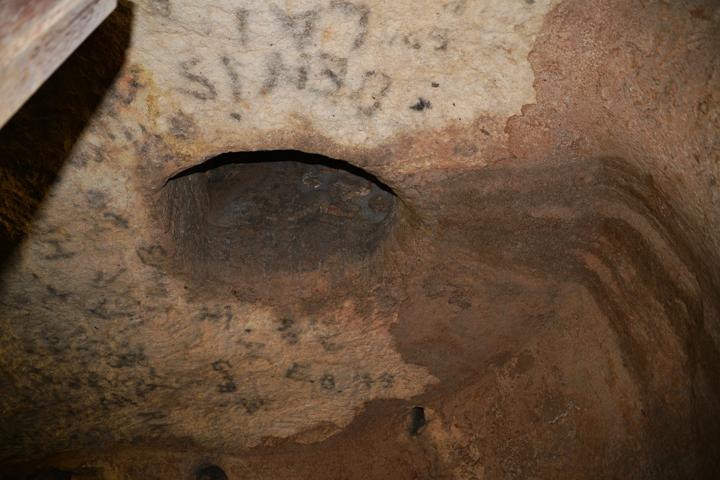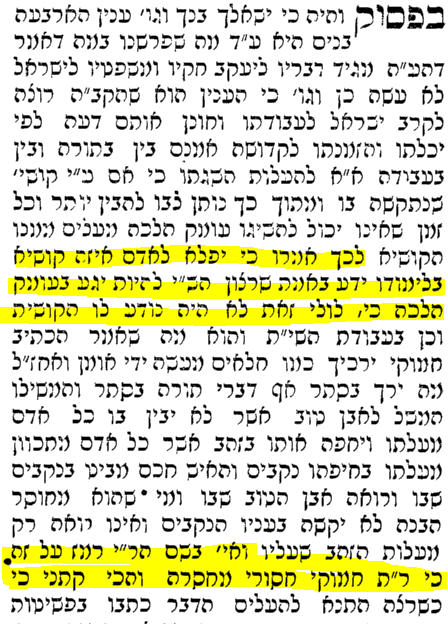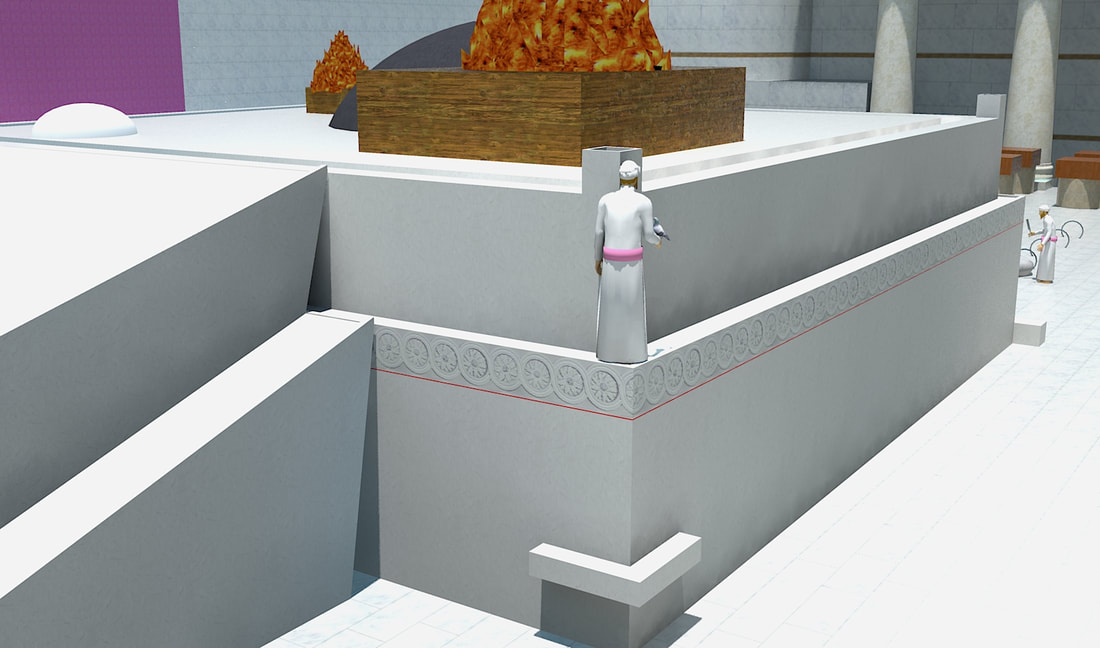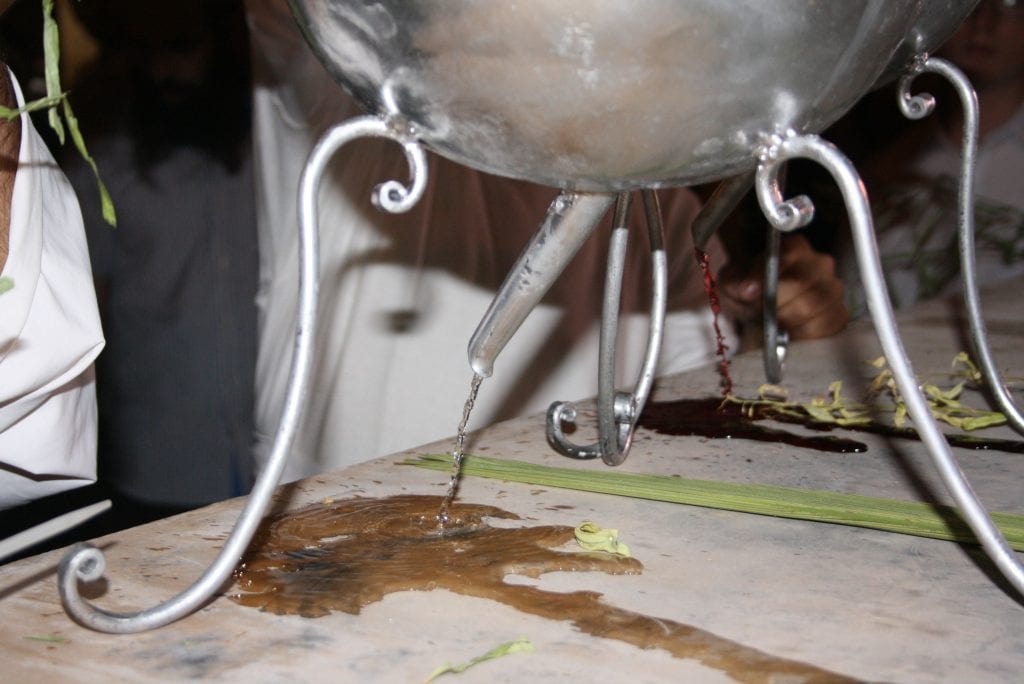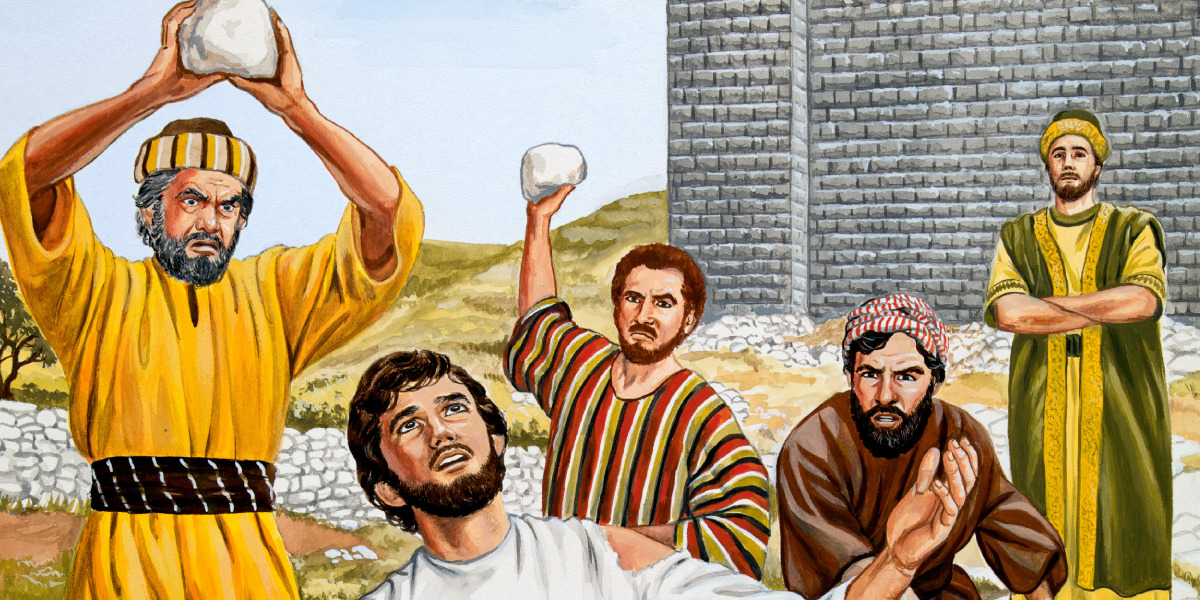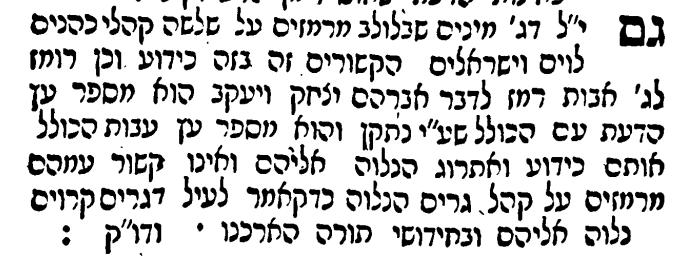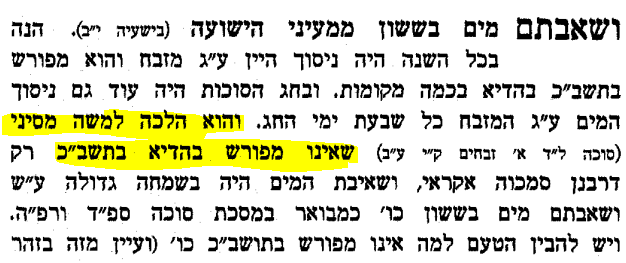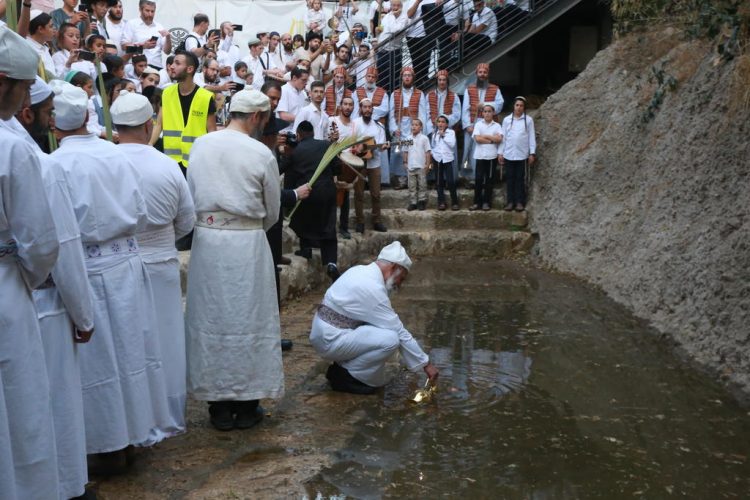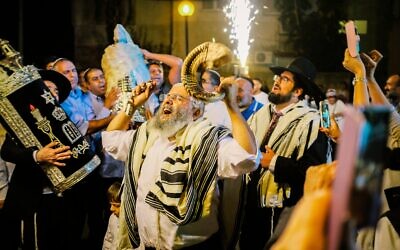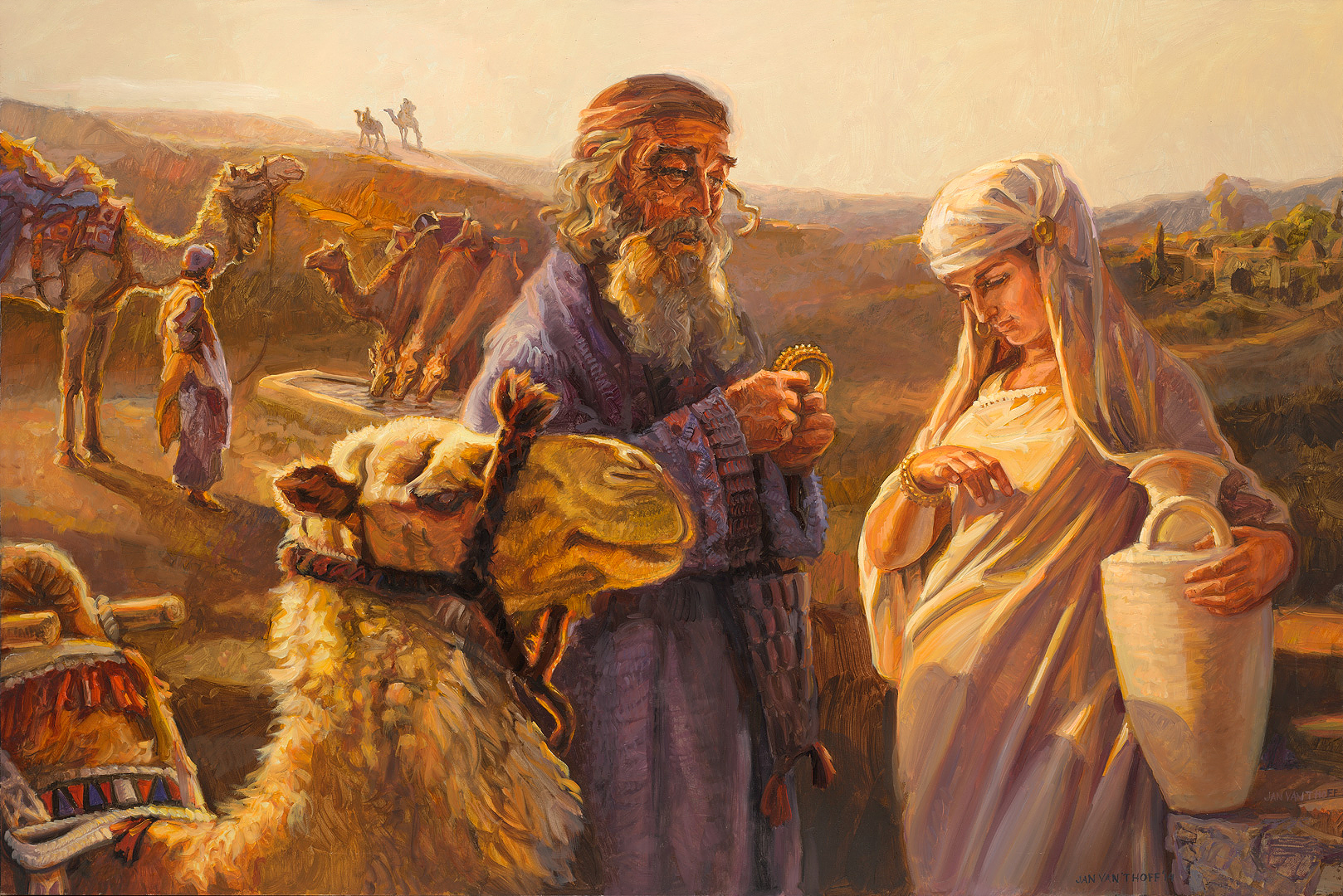BSD
Sukkah 49b
Shvat 30, 5783. February 21, 2023
1 – Continuing on ניסוך המים, and ניסוך היין.
Two opinions of where the water and wine flowed to, after draining into the שיתין , thru the holes that were on top of the מזבח. Either they went into the תהום (underground water flows) or into a לול, which was a large stone vat that collected the wine. This vat needed to be emptied when full. The גמרא says:
Once in seventy years young priests would descend there and gather from there the congealed wine, which resembled round cakes of dried and pressed figs.
2 – The גמרא discusses what makes a person more ‘satisfied’ when drinking wine. When one sips or when one drinks large amounts at one time.

Discussed Rashi’s and the מהרש”א’s opinion.
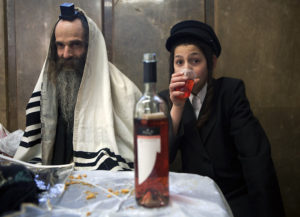
3 – The concepts of performing Mitzvos and studying Torah in a quite and unassuming manner בצנעה. The vice of boasting and flaunting.
Story of Chasidim of the צמח צדק who reluctantly divulged his vast knowledge of ש״ס only because the Rebbe instructed them to go on מסירת נפש!

4- ״וְהַצְנֵעַ לֶכֶת עִם אֱלֹהֶיךָ״ — זוֹ הוֹצָאַת הַמֵּת וְהַכְנָסַת כַּלָּה לַחוּפָּה.
How can one help with these two מצוות and yet keep it under the wraps?
Rashi answers this question:
הוצאת המת והכנסת כלה – דכתיב בהו לכת טוב ללכת אל בית אבל מלכת אל בית משתה (קהלת ז׳:ב׳) אף שם צריך הצנע לסעוד במדה נאה ולשמוח במדה נאה ולא להנהיג קלות ראש בעצמו
וי”א אם צריך לבזבז להוצאת מת עני או להכנסת כלה ענייה יעשה בצנעא ולא לימא קמי מאן דלא ידע דעבדי [כן] וכן מפרש בשאלתות דרב אחאי:
1st explanation is referring to one’s personal participation. So at a wedding, although the intention is to be משמח חתן וכלה, one should keep it under control.

The 2nd explanation by the שאלתות refers to his monetary contribution towards the burial or wedding of a poor person. “One should not divulge how much his participation is”.
5- שאילתות דרב אחאי Topics discussed:

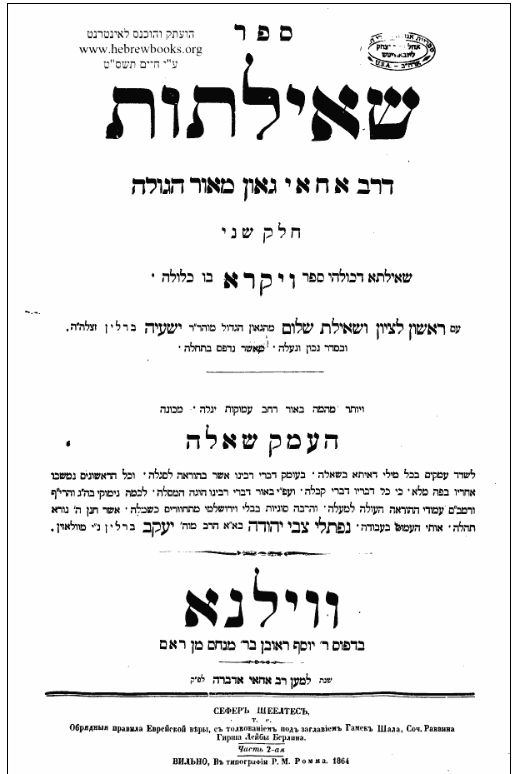
- שאילתות דרב אחאי which is the first written ספר we have after the writing of the final version of the גמרא.
- Discussed the times of the רבנן סבוראי that was then followed by the גאונים.
- Who was this רב אחא or אחאי? An אמורא or from a later time?
- Is this רב אחא mentioned in גמרא despite not being an אמורא?
- His sayings in our גמרא are written using different syntax . Like פשיט רבי אחאי.
- If he was from the times of the אמוראים then why is he called גאון when this tile was used only from the era of the רבנן סבוראי ( and primarily from גאונים) and on.
- The structure of the שאילתות.
- Commentary by רבי ישעי’ ברלין. See here. The massive commentary of the נצי”ב.
- The title גאון meant that one was versed in all 60 מסכתות.
- גאו”ן equals 60.
[See fascinating here about this number regarding the number of Mesechtos.]
Was there more than one רבי אחא?
See Tosfos כתובות ב, ב.

זבחים קב, ב.

6 – Speaking of the importance of helping to marry off a poor חתן וכלה, we ended with the amazing comment of the מהרש”א on the following גמרא.
אָמַר רָבָא: בְּשָׁעָה שֶׁמַּכְנִיסִין אָדָם לְדִין, אוֹמְרִים לוֹ:.
Rava said: After departing from this world, when a person is brought to judgment for the life he lived in this world, they say to him:

- Did you conduct business faithfully? נָשָׂאתָ וְנָתַתָּ בָּאֱמוּנָה?
- Did you designate times for Torah study? קָבַעְתָּ עִתִּים לַתּוֹרָה?
- Did you engage in procreation? עָסַקְתָּ בִּפְרִיָּה וּרְבִיָּה?
- Did you await for Hshem’s help? צָפִיתָ לִישׁוּעָה?
- Did you engage in the wisdom of Torah? פִּלְפַּלְתָּ בְּחׇכְמָה?
- Did you try to fully understand Torah? הֵבַנְתָּ דָּבָר מִתּוֹךְ דָּבָר?
And, nevertheless, beyond all these, if the fear of the Lord is his treasure, yes, he is worthy, and if not, no, none of these accomplishments have any value. וַאֲפִילּוּ הָכִי, אִי יִרְאַת ה׳ הִיא אוֹצָרוֹ — אִין, אִי לָא — לָא
The Maharsha comments on #3 above. If this simply means “did you have children” then it it should have said קיימת פריה ורביה?

Rather, says the Maharsha, עסקת refers to the ‘occupation of assisting a poor חתן וכלה to get married’!

7 – A short note about the discussion of last week (SHIUR SUKKAH 49A 2/14/23)
.חסורי מחסרי והכי קתני and the 3 methods (A, B, C) of explaining this statement.
A:
חסורי מחסרי means the version we have in our Mishnah is simply incorrect; it’s missing a few words.
והכי קתני – and it should say so and so. [See there for explanations B & C]
A question arises, if it’s a typo, then why didn’t the גמרא simply correct the text of the משנה to avoid future confusion and misunderstanding?
The תפארת ישראל has an very interesting and novel explanation. We mentioned this idea several years ago: SHIUR 08/08/2017 BEITZA 24A-B
The Mishnayos, prior to them being written, were studied and transmitted verbally. [At that time, writing the משנה was prohibited]. In order to assist in the memorization, they were repeated with a particular song. The words of every Mishna fit to a particular tune, thereby easing the memorization.

Mishna, with Trop (cantillation)
If we were to add the missing words it would cause chaos and the memorization process would be diminished!
This idea is truly unique and original.
תפארת ישראל על המשניות מסכת ערכין פרק ד’ משנה א’
